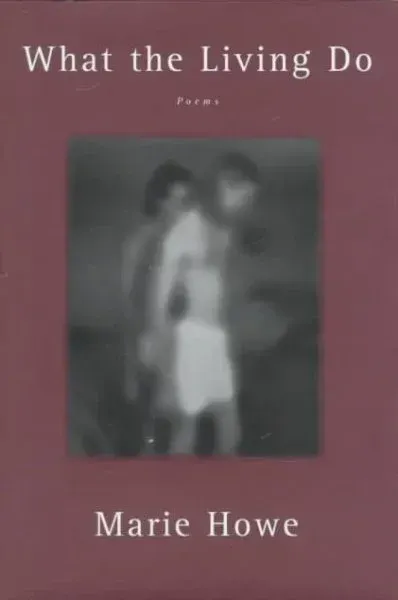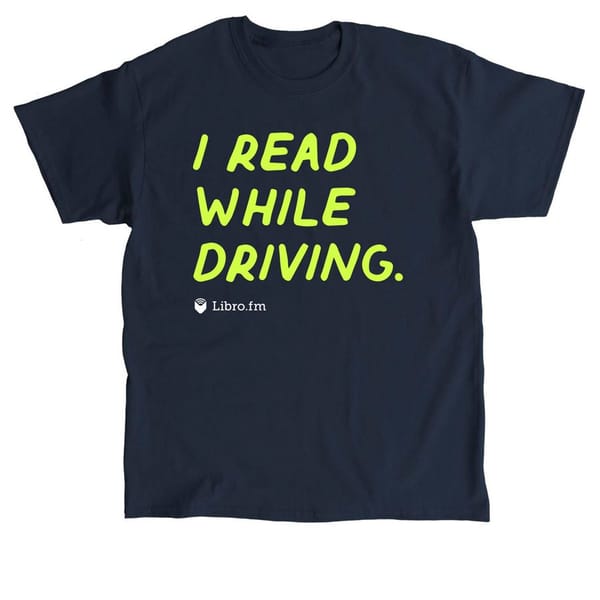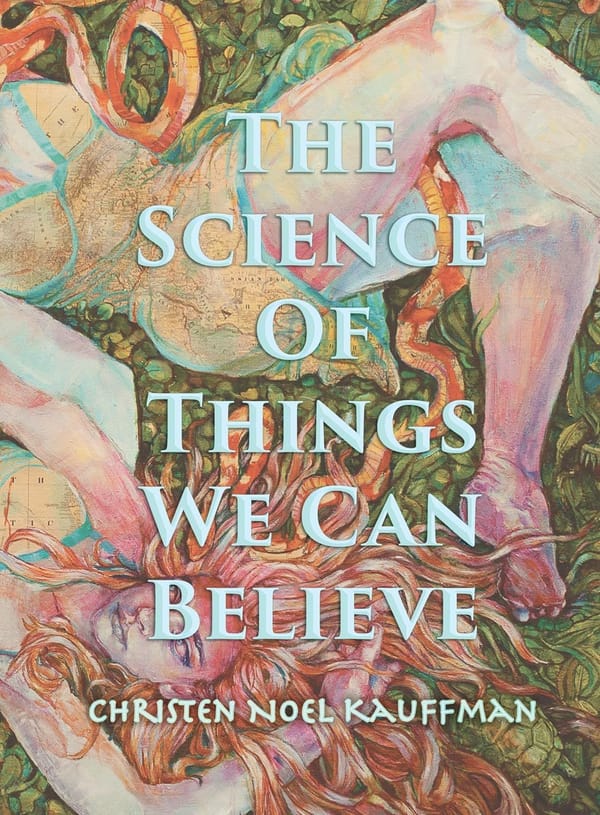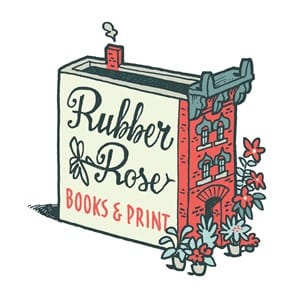On Rereading Marie Howe's What the Living Do

In late August, my father died. This is the first time I’m writing that down in a place where others will see it. It feels like I’m actually pointing to my grief instead of just piling more dirty clothes on top. This feels like a good step.
My father dying was sudden and brought with it some complicated family dynamics while also being on the first day of the new semester and I wasn’t, still am not, dealing with it well. So, when I returned home from settling everything with my dad, I went to the thing that has always brought me closer to center: books. Specifically, I brought myself to Marie Howe’s poetry book What the Living Do.
I went for this book because I remembered first reading it in my MFA program. I remembered that my grandmother had recently died, when I wasn’t able to be there, and the poems in this book allowed me to fantasize what it would have been like to be present at the end of my grandmother’s life. I thought returning to the book would be a return to those fantasies. Or at least give me some language to start dealing with my father’s death.
For those who haven’t had the pleasure of reading Howe’s What the Living Do, it is a poetry book that deals primarily in elegy. Centrally, there are elegies for her brother who died of AIDS. The book came out in 1999, but it still holds such a powerful conversation about grief and what living with, and beyond, that grief looks like.
Most of the poems in this book also have long, stretching lines that seem to take up every last breath before moving on to the next. Like the speakers of the poems are gasping between the line breaks. In “Boy” for example, Howe writes, “What happened in our house taught my brothers how to leave, how to walk/ down a sidewalk without look back.// I was the girl. What happened taught me to follow him, whoever he was,/ calling and calling his name.” It was these long lines that also drew me back to the book. I remembered how much they held, how I held my breath to the end of the lines then sucked in air when I moved to the next. I wanted these lines to envelope me, hold me with their large arms. I imagined this would remind me of my father’s embrace.
When I started reading the book, I was surprised by what it held inside. The long lines were there and some poems sparked memories, but it wasn’t the same. I also could swear that the book was exclusively about her brother’s death or poems that dealt with the grief of living with the dying and the dead. While some of the poems do, like “The Grave”, many of the poems in this book are elegies for other people. Really what I mean here is that I misremembered what this book contained, mistaking my memory of emotion for memory of the poems.
So, as I tried to reread the book in the weeks following my father’s death, I had to put it down and move on to something else. Something more distracting. Because I was searching for something that was impossible to find: a person who could write the exact feeling I was having about losing my very specific father. I wanted someone to talk about my dad as I remembered him. I wanted my dad to talk to me again. I wanted him to tell me another story. It was unfair of me to ask a book, any book, to take up that responsibility.
And while Marie Howe’s book is absolutely stunning and powerful and incredibly good, it cannot bring my father back.
When I picked up the book again, in the last days of November, I started it knowing it wasn’t exactly what I wanted which allowed me to see it for what it could give me. It gave me the poem, “The Last Time” about Howe’s brother reminding her that she is going to die too. It starts with, “The last time we had dinner together in a restaurant” which reminded me of how my father, my child, and I had dinner together for his birthday in July. How he too reminded me that there isn’t enough time to waste eating food you don’t like (he would have preferred fast food instead of the mid-range Italian he had). How he reminded my kid that they’re loved.
The book gave me the poem “The Cold Outside” where Howe’s brother talks about how everyone can rest after he passes. Which, because the poem is written after he dies and is about this moment itself, is a beautiful way of proving the brother wrong. My father too, would stand in the kitchen of the home I grew up in and talk about his eventual death. How it would free others of the burden of him. When really, I’ve never wish to be free of him.
And the book’s penultimate poem, “What the Living Do”, is a classic of modern poetry. The everyday that continues even after your loved one dies. This poem did speak to what I needed. I continued to do dishes, to sweep, to feed myself and my kid, to have one too many cups of coffee. All the normal things in my life that continued though when I reach for the phone to call and check in on him, there is no one to call.
In the end, What the Living Do was there for me as it was the first time over ten years ago. It wasn’t the same; how could it be? I wasn’t the same. But it reminded me that others have stood in the solitary grieving I continue to live in; that there’s a direction other than standing still. Howe tells me it is going to be awful for a bit but “when I catch myself in a window glass” and see my father’s wrinkles continue to trace lines down my face I can say to myself, “I am living, I remember you.”



